July 6-12, 2025
Go high for flowers and butterflies
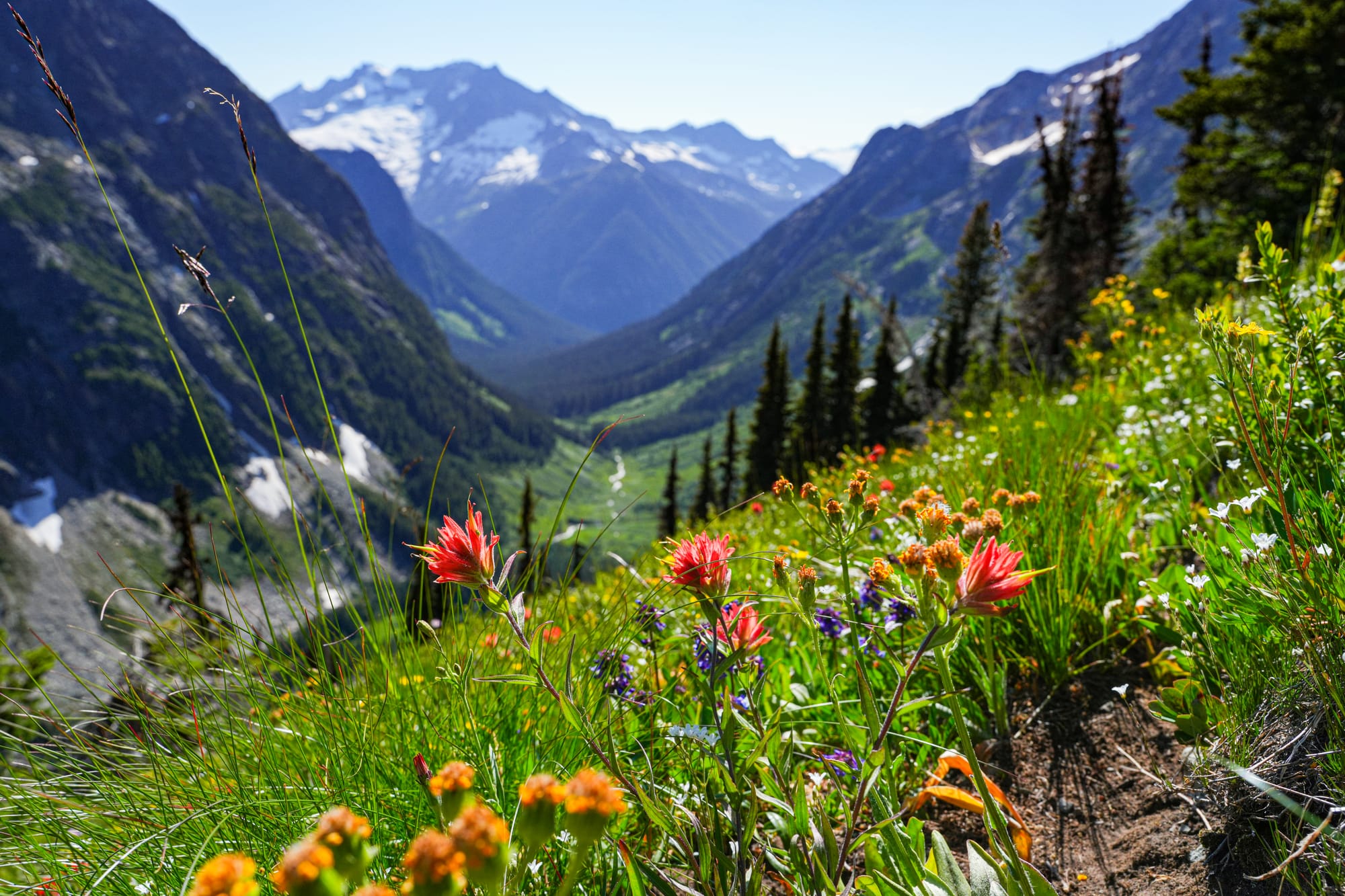
Despite the high temperatures, some of the days this week were very windy and we had one moody stretch of dark clouds with a chance of rain that never materialized.
Week in Review
The days are now hot and languid around the valley with subdued activity in the natural world. This year's crop of baby bald eagles and ospreys are now off their nests and begging loudly as they fly around with their parents. The first group of gulls this summer just showed up at Twin Lakes today and dragonflies seem to be everywhere.
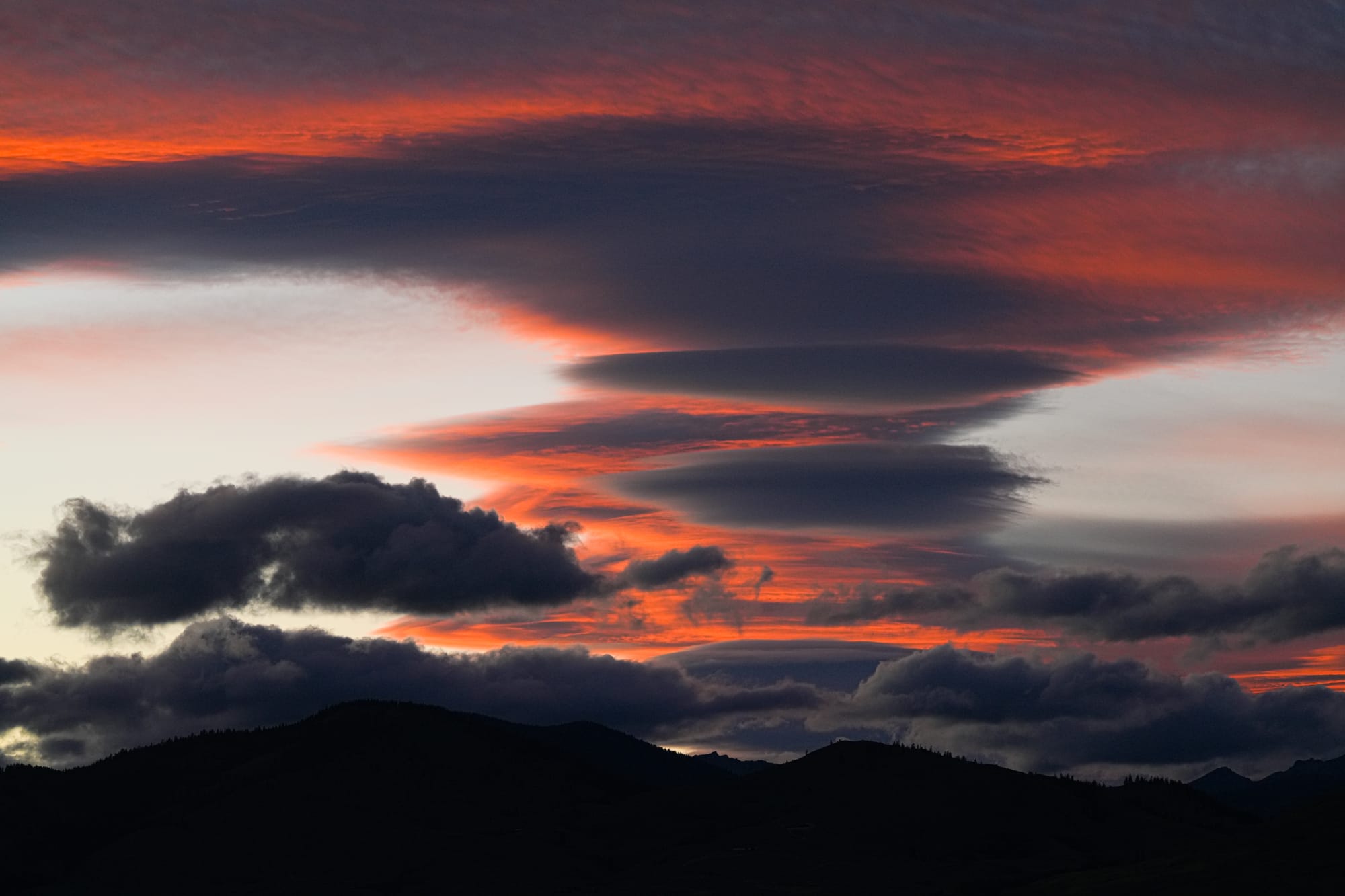
For the real show, however, it's time to head into the mountains because flowers and butterflies are out in full force right now.
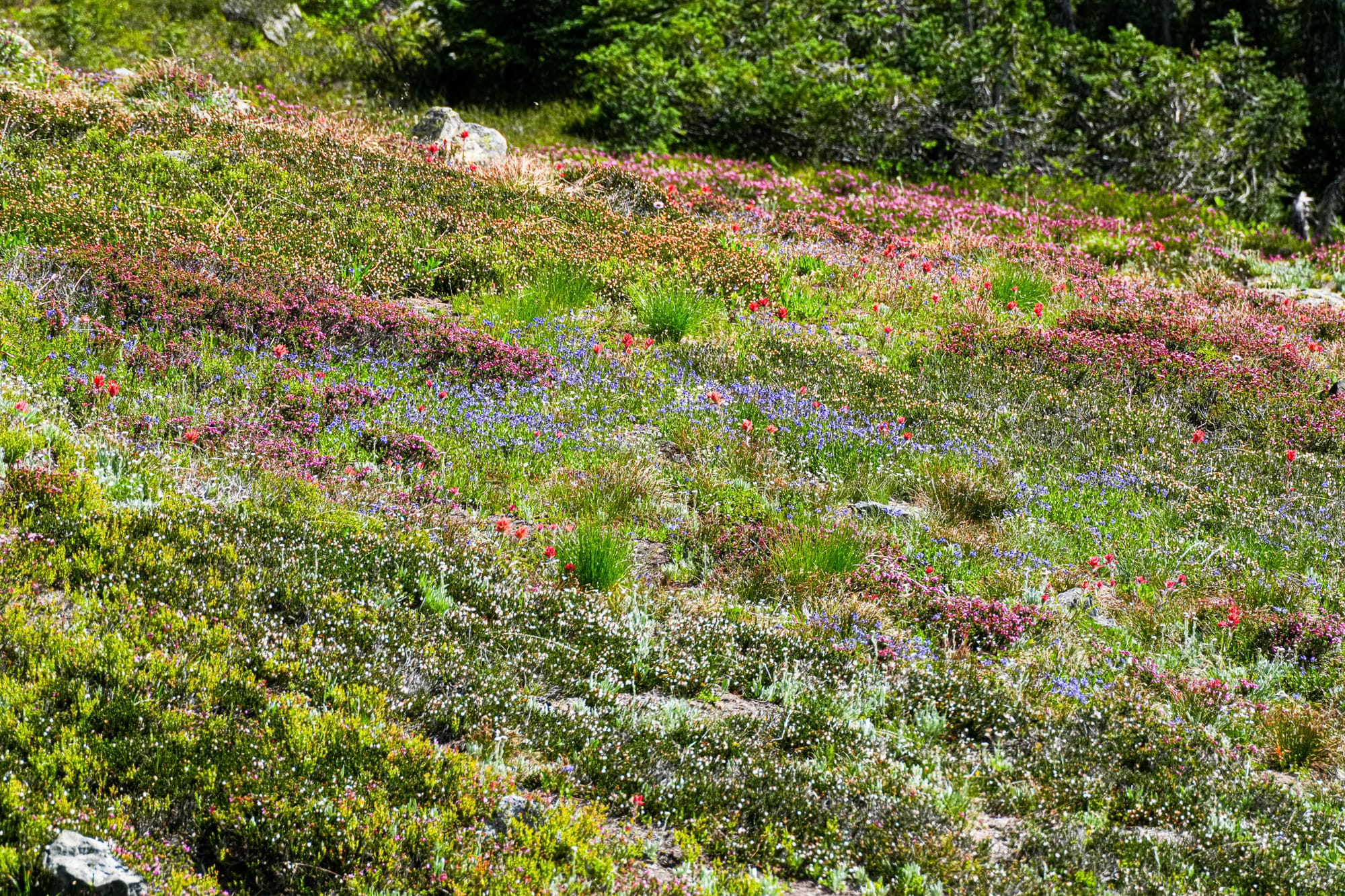
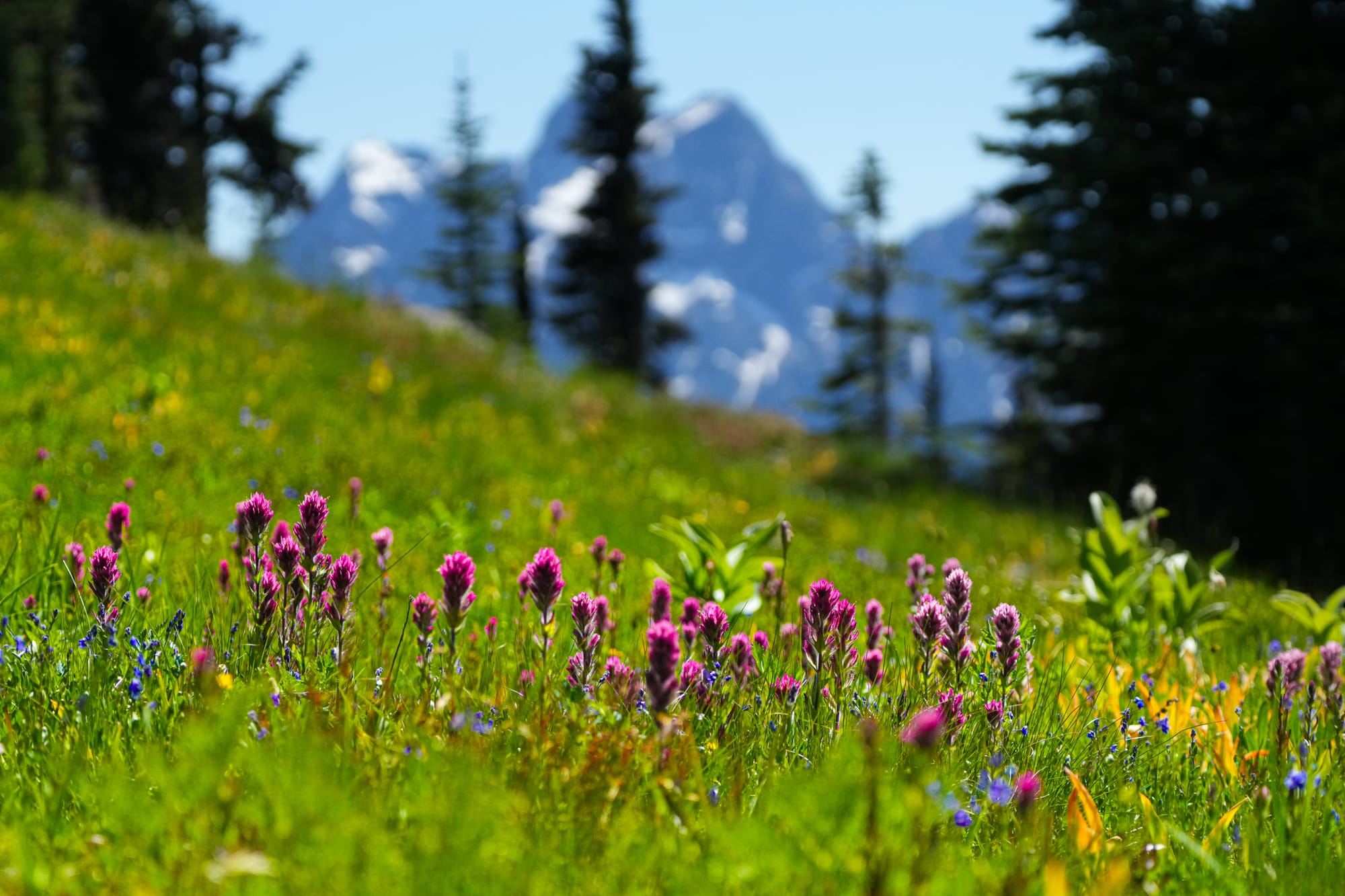
Mountain flowers disappear quickly so don't wait to go see them. Photos by David Lukas
Over the past couple weeks I've come to realize there are two distinct experiences when looking for flowers in the mountains. One is to head for open, sunny meadows on the highest slopes, where you'll find fabulous displays of red and white heather, multiple types of paintbrush, sandwort, lupine, speedwell, and cinquefoil.
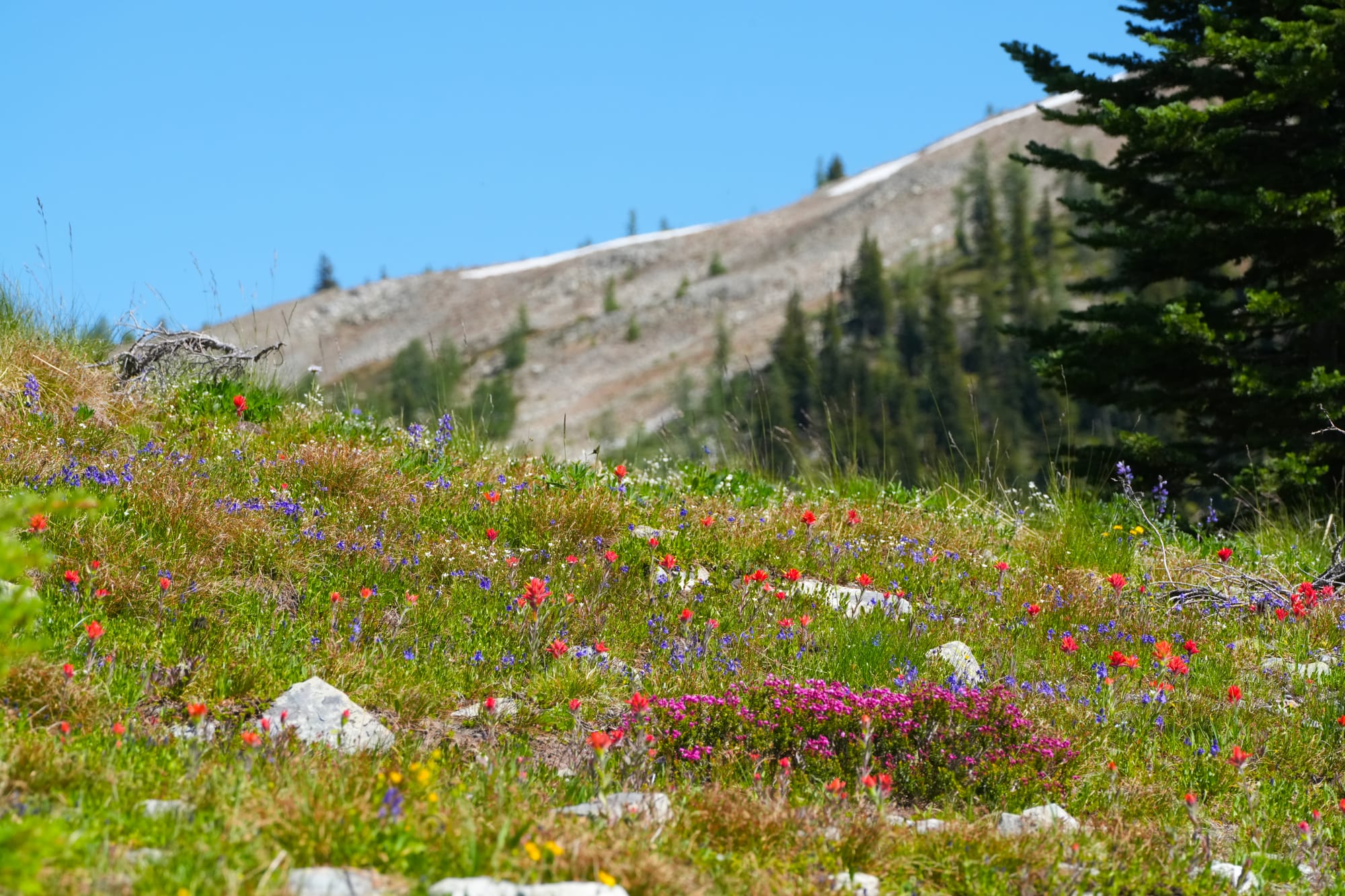
The other type of experience is to stay in the deep, shaded forest where there are a surprising number of very different flowers, especially around moist seeps and small sunny openings. Here you'll discover the glittering white flowers of queen's cup lily and bunchberry, along with fluorescent pink monkeyflowers, and purple monkshoods.
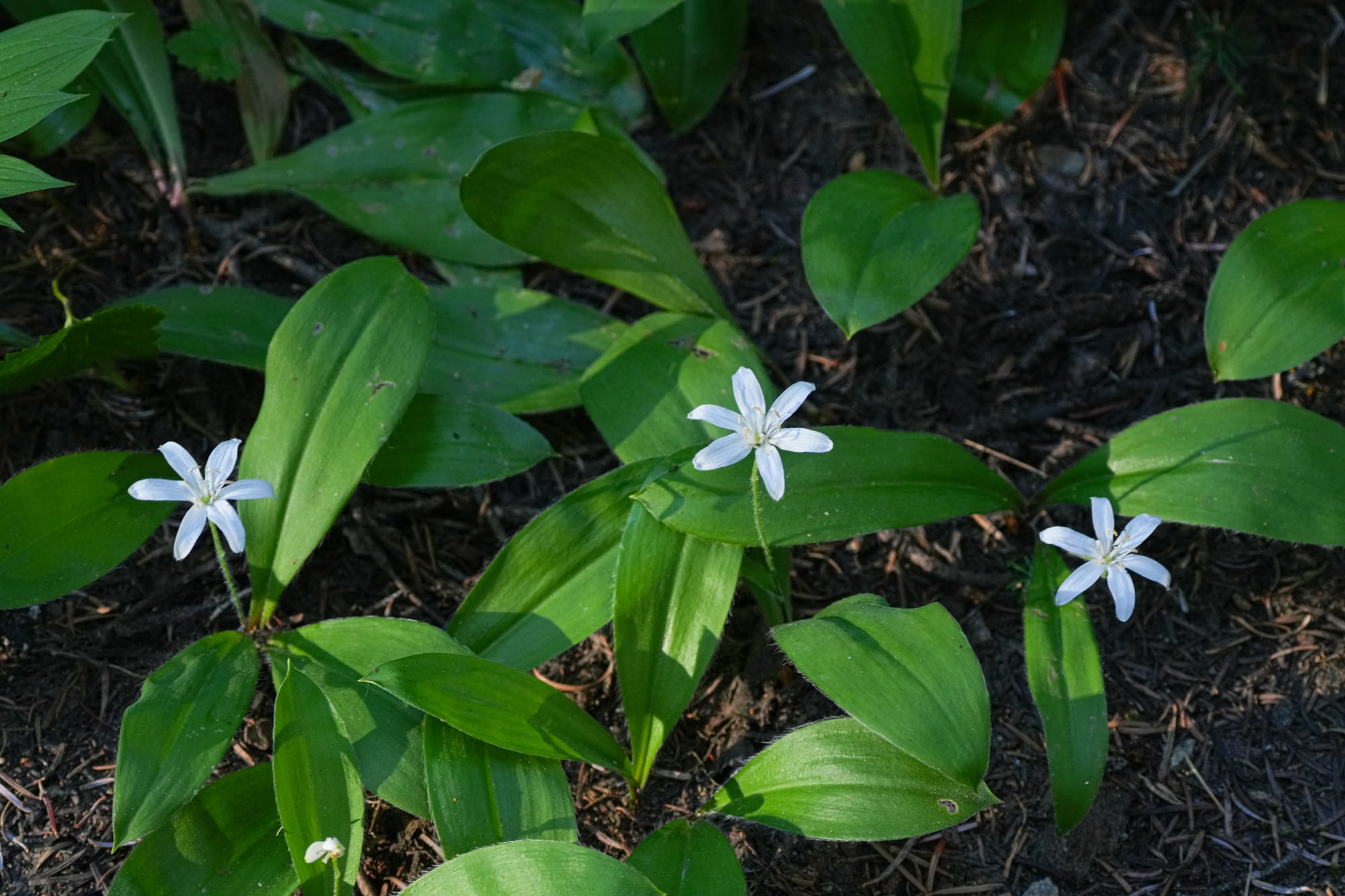
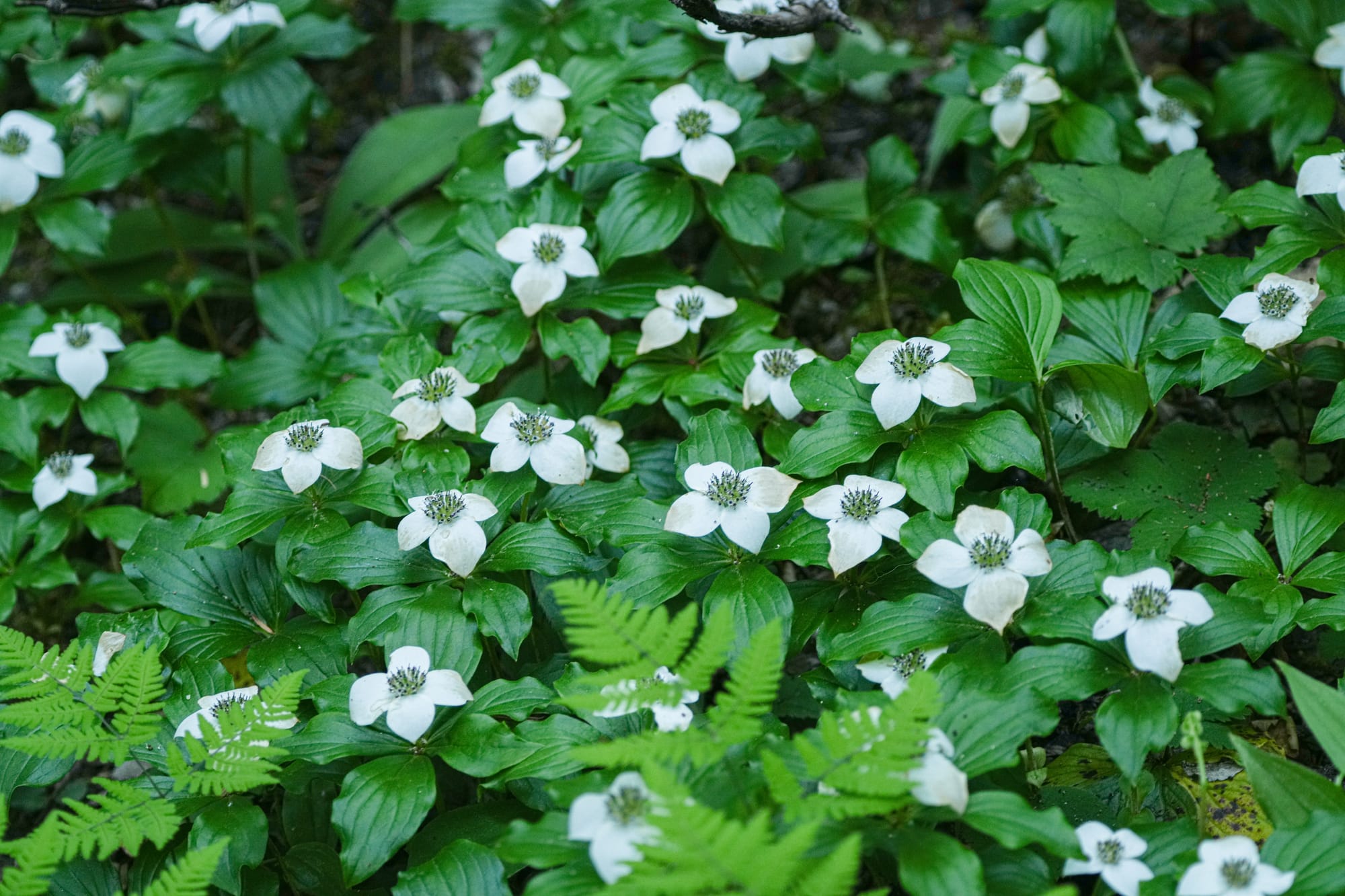
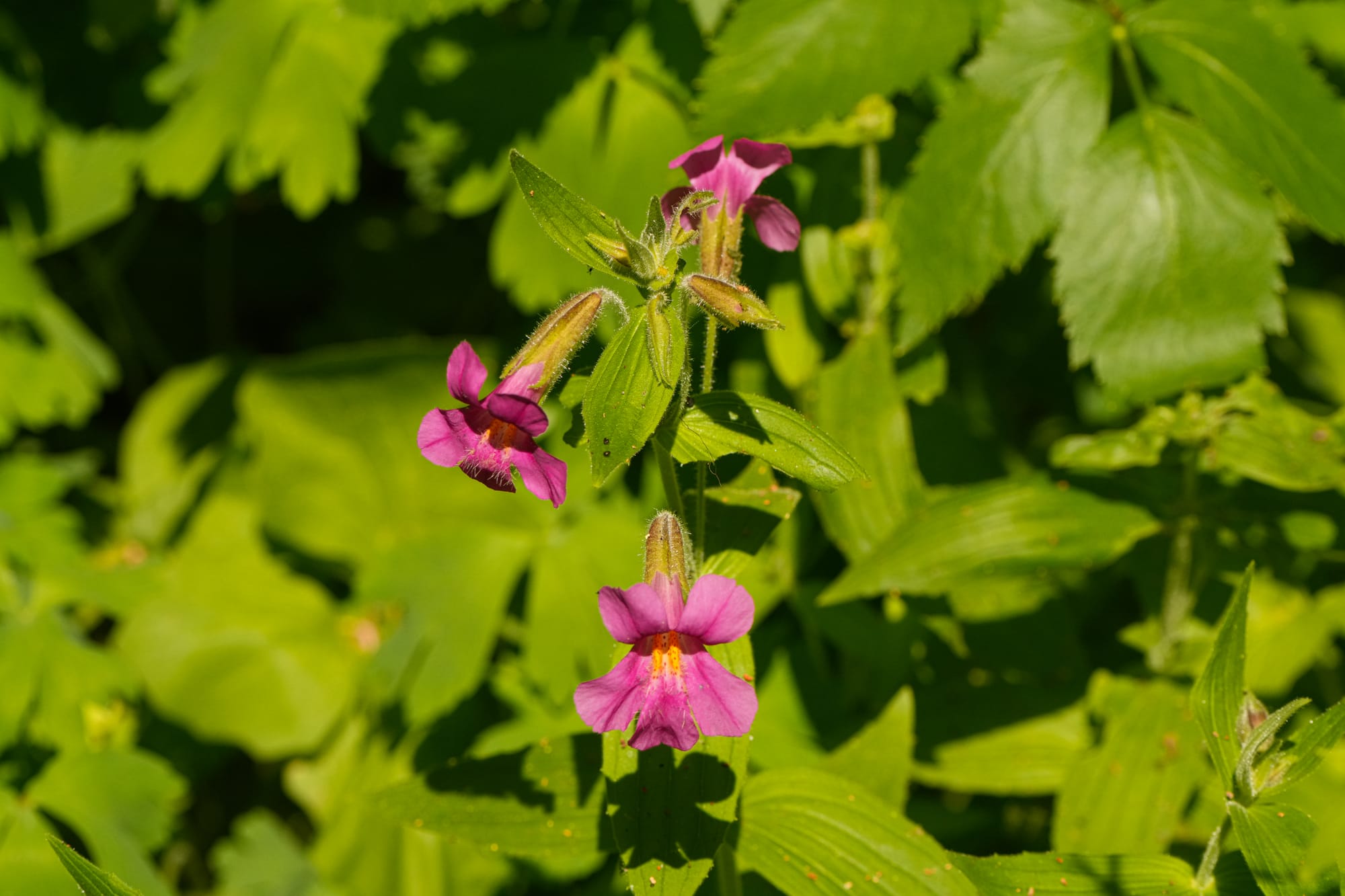
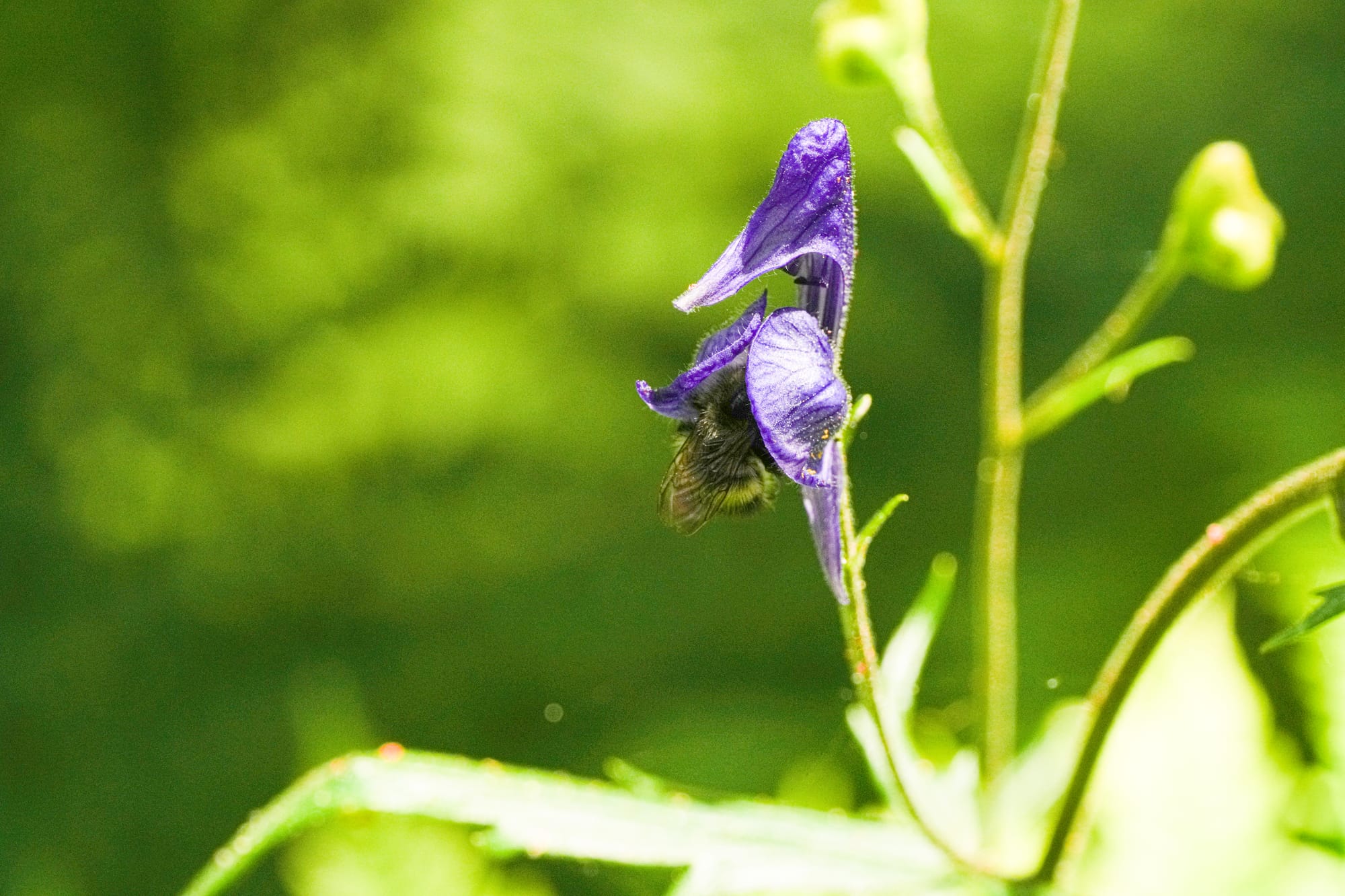
Queen's cup lily, bunchberry, pink monkeyflower, monkshood. Photos by David Lukas
It's easy to be overwhelmed by all these flowers, but the more you're out hiking, the more you'll start noticing and learning the differences between similar flowers.
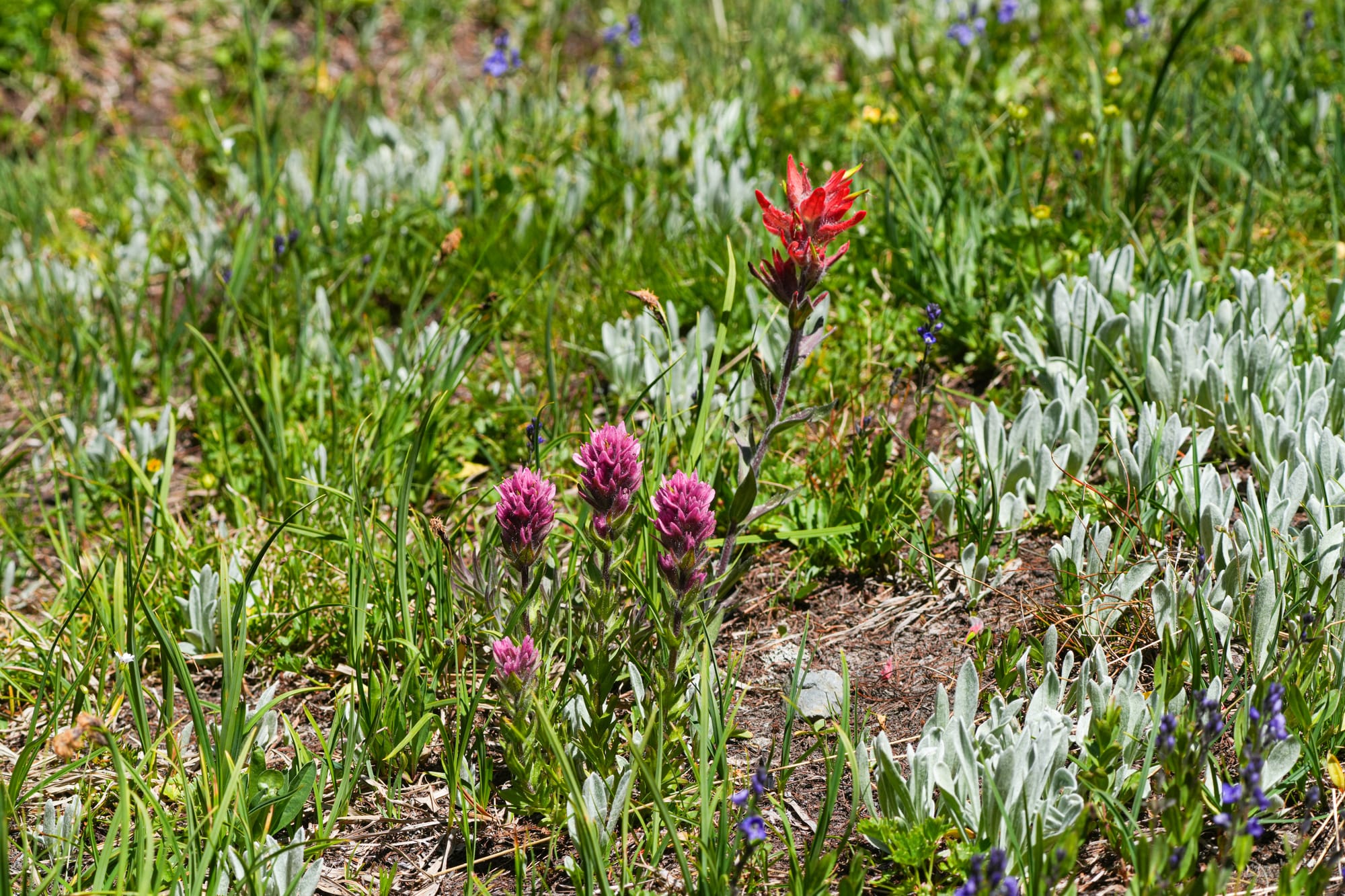
Once you learn to recognize some of these key features, many flowers become much easier to identify. For example, speedwell are ubiquitous flowers in mountain meadows and our two most common species (we have 10 species here) can be easily separated by the presence or absence of conspicuous filaments sticking out of their flowers.
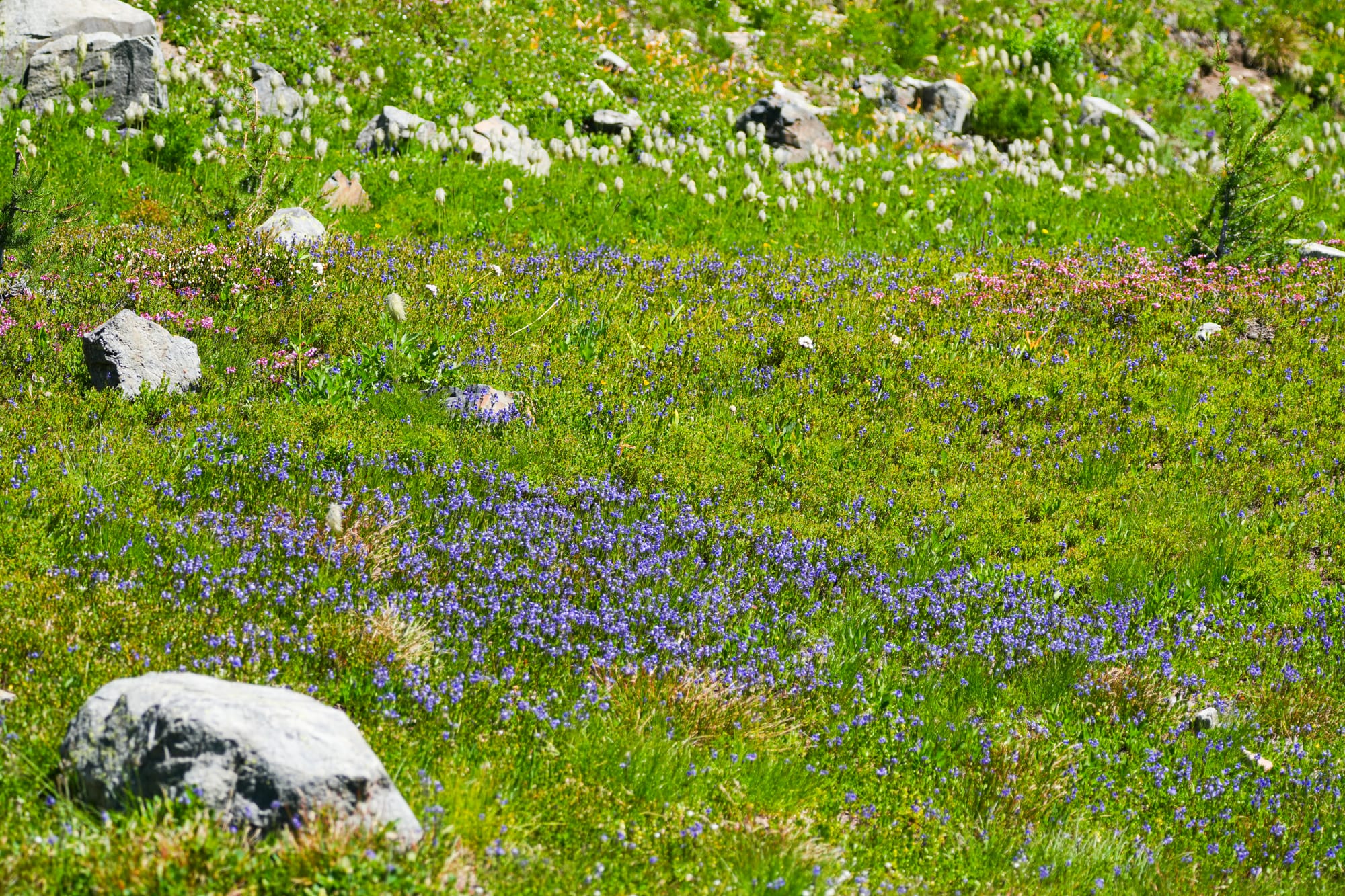

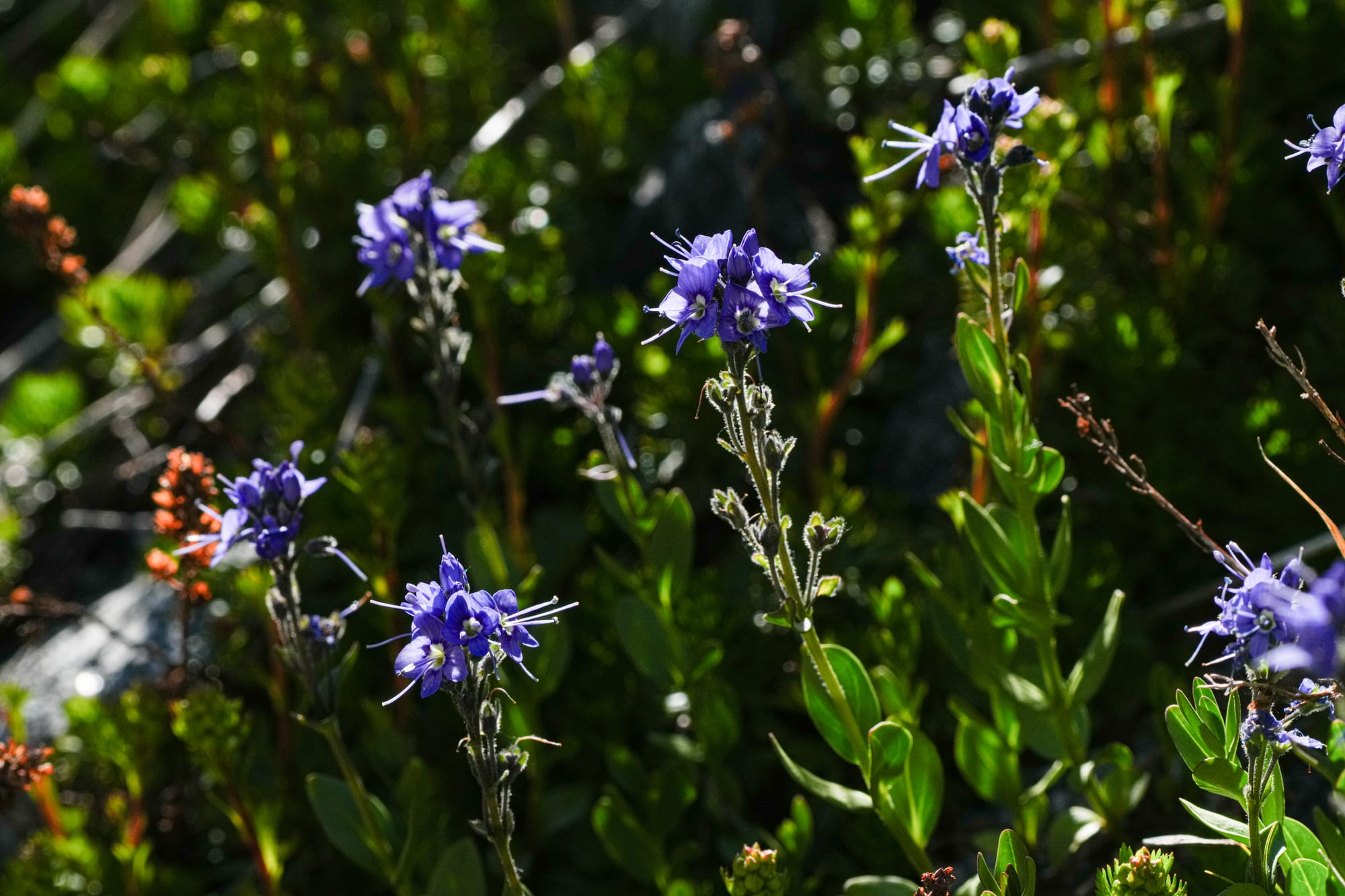
Alpine speedwell (left) lack long filaments, while Cusick's speedwell (right) have long filaments (one style and two stamens). Photos by David Lukas
An even easier example is learning to identify our five species of lousewort. Louseworts are superficially similar but each species has unique leaves and flower structures that can be readily learned, as seen in the three species below.
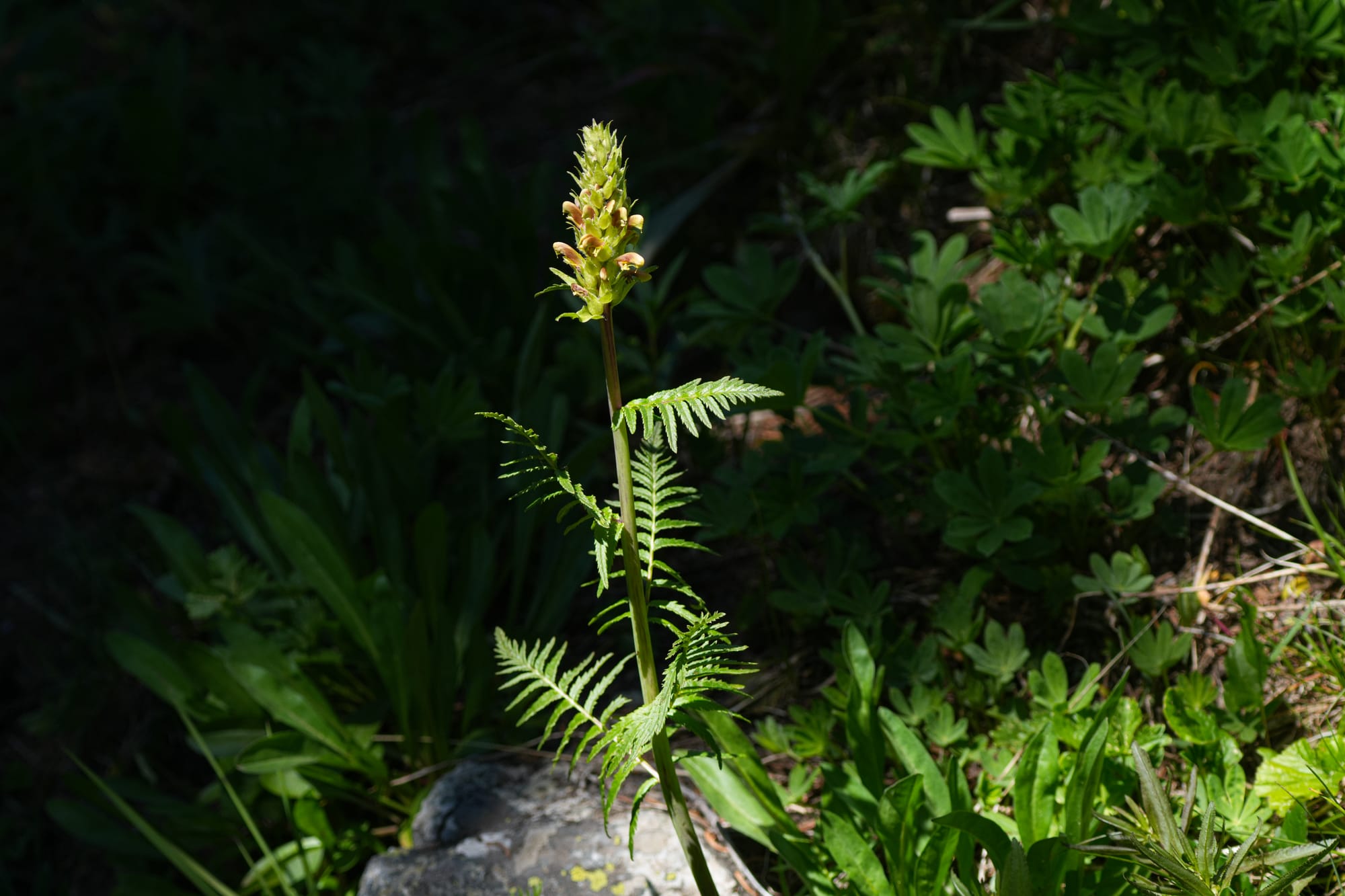
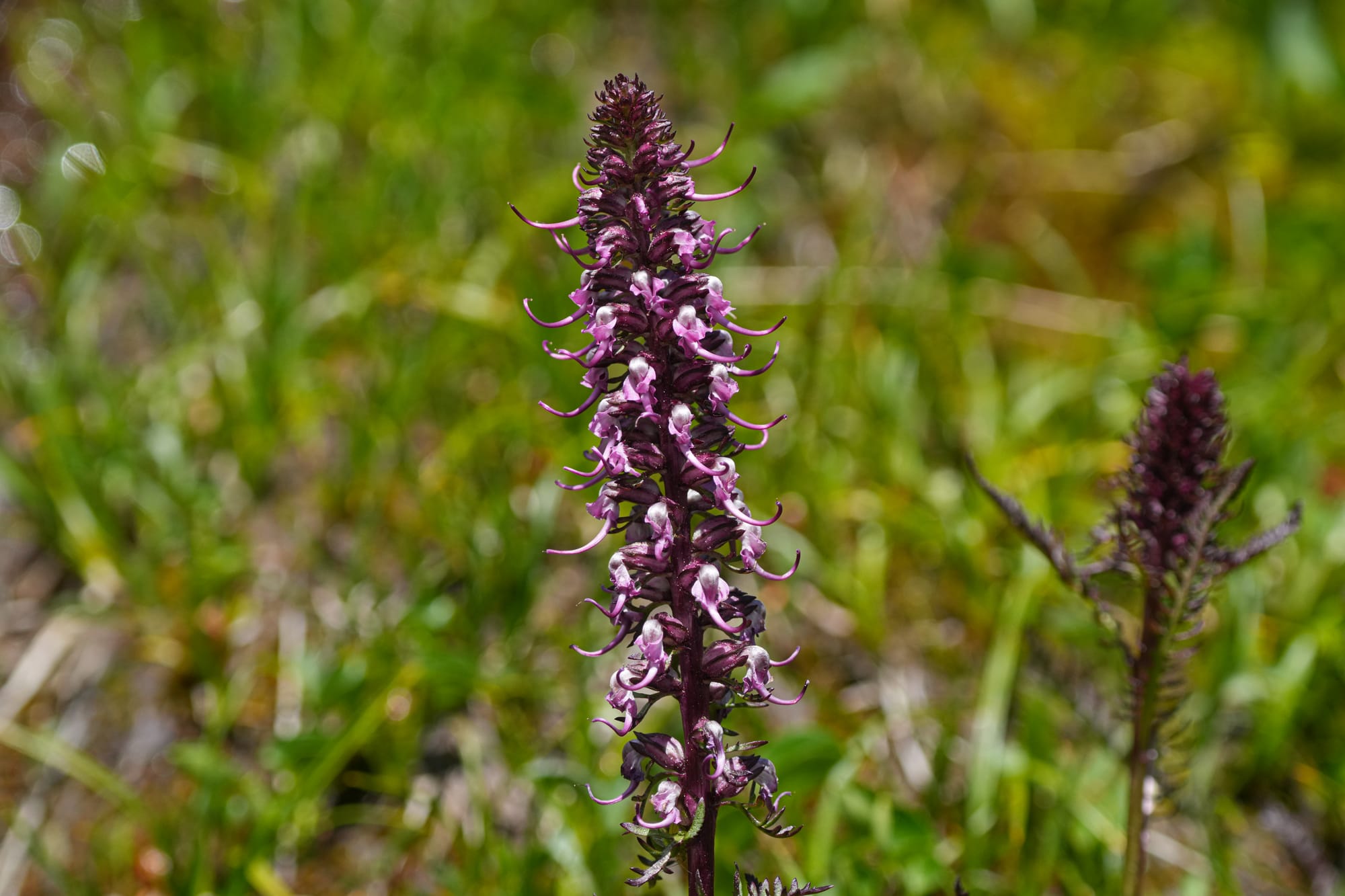
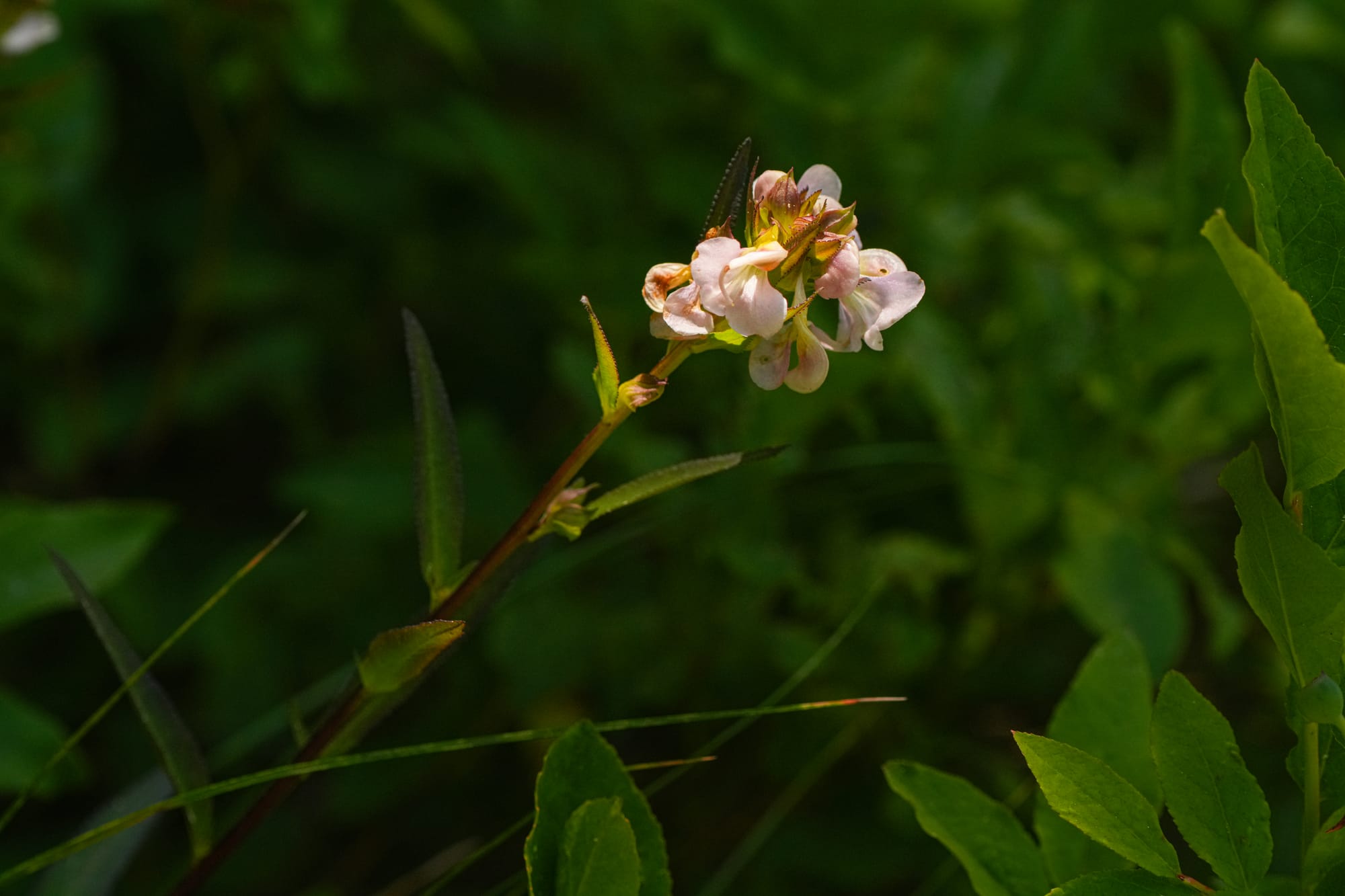
I could go on and on about all the flowers that are blooming right now but there's so much more going on. The variety of butterflies and insects alone is off the charts, in fact there are so many to look at that it's hard to keep walking.
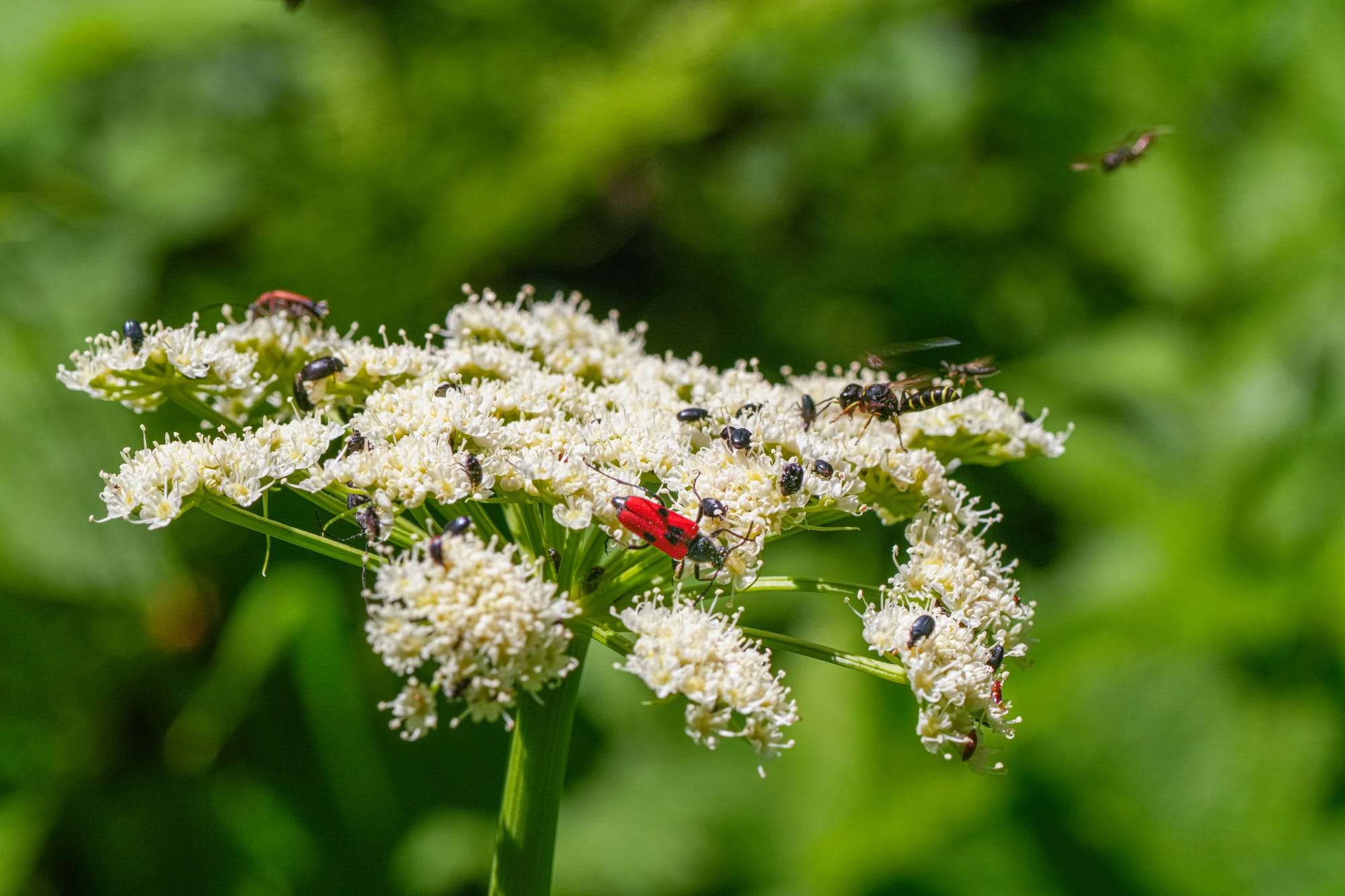
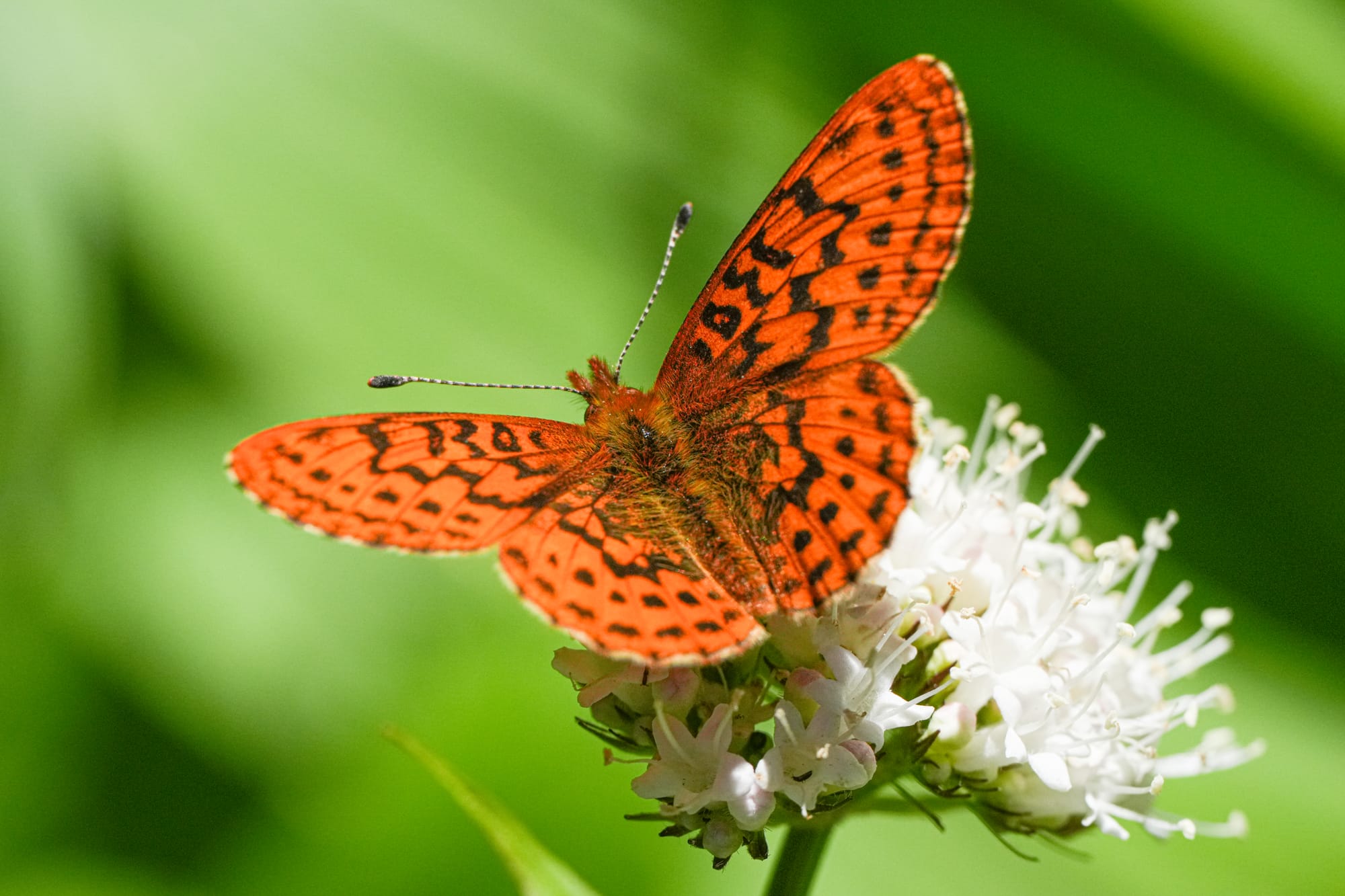
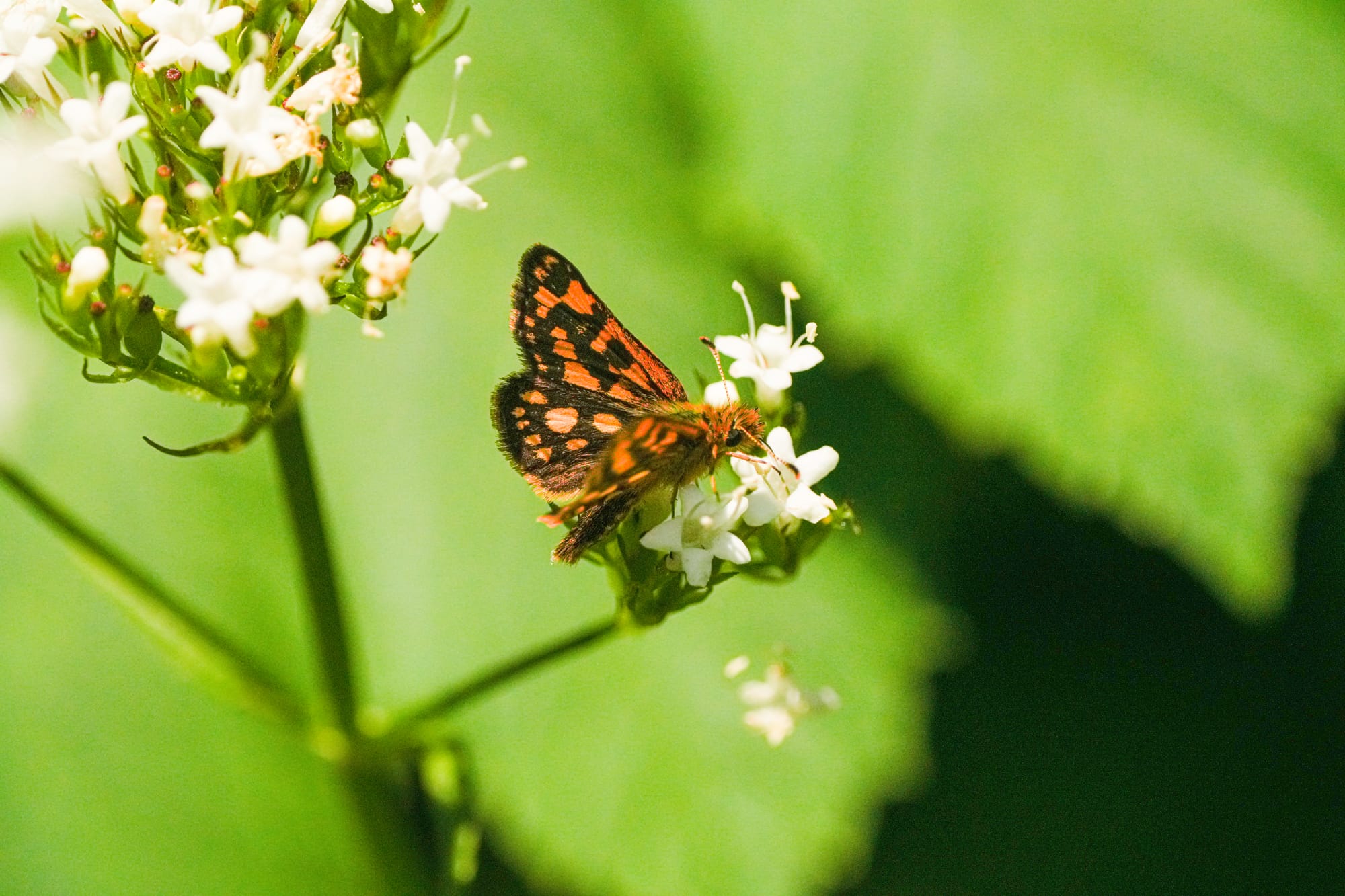
Not only are the sheer number of butterflies hard to absorb, but there are many other unusual insects to find, including velvet ants, robber flies, and bee flies.
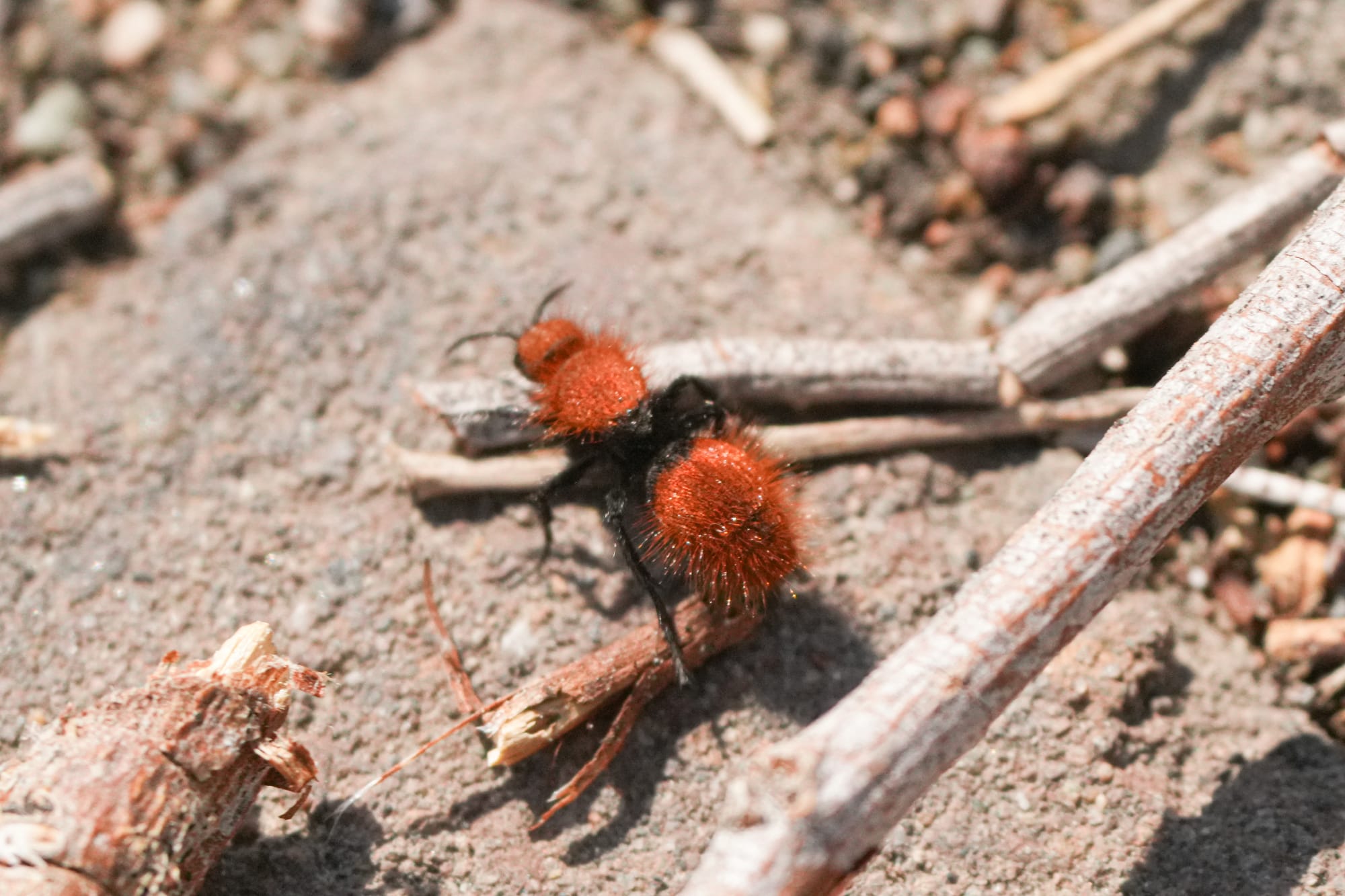
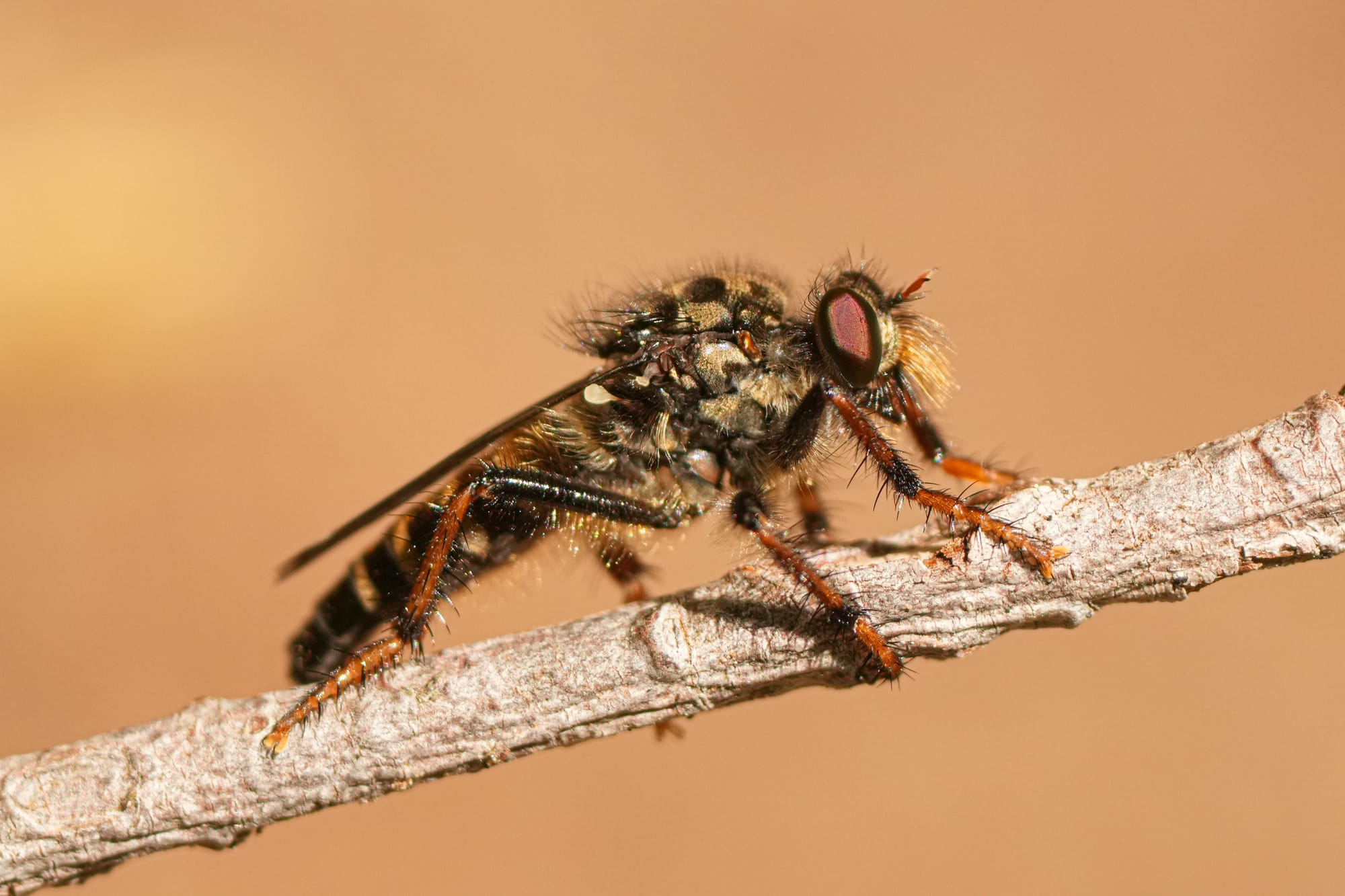
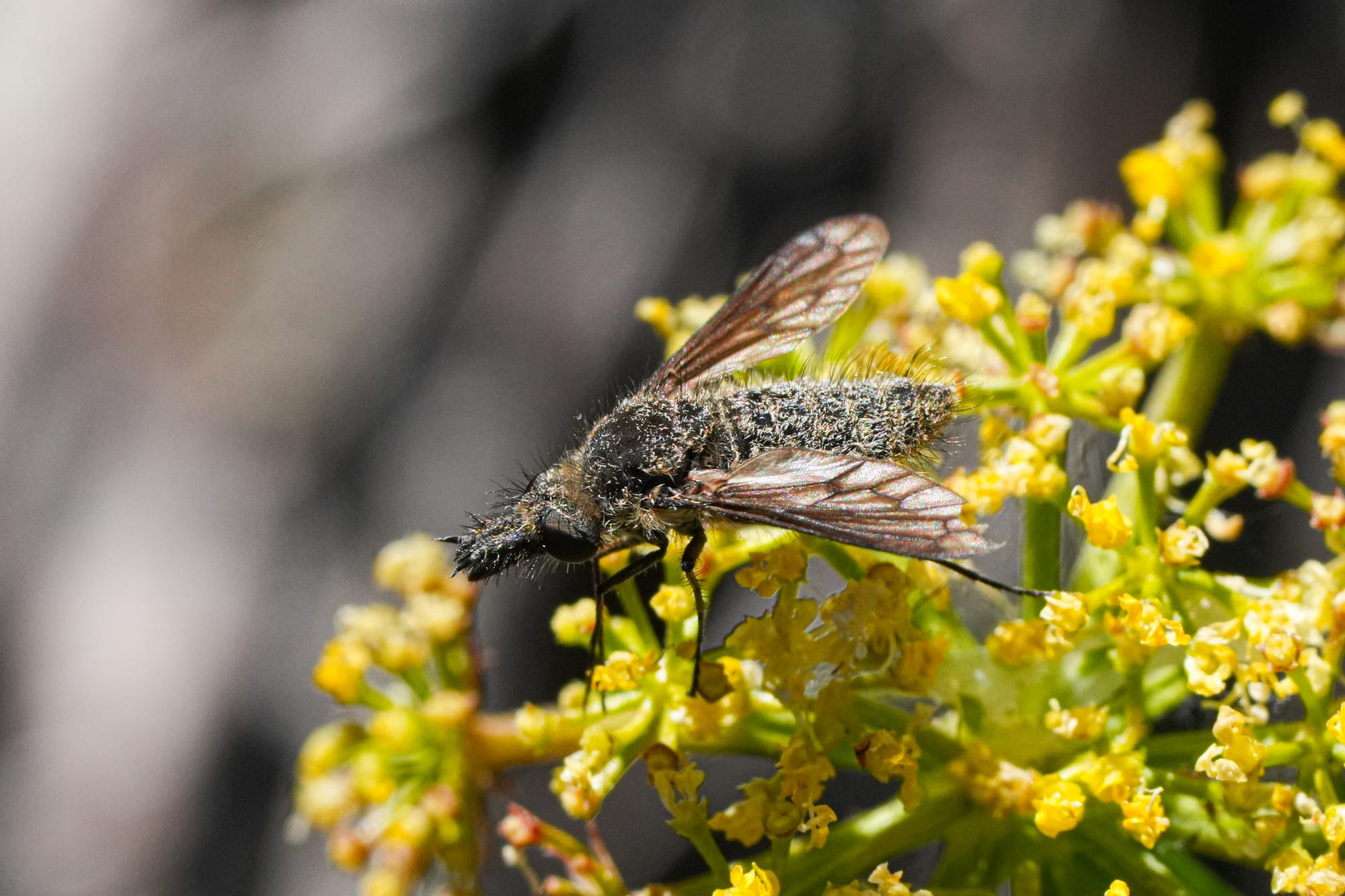
Amidst all this splendor and beauty, one sobering event that some of you might have been noticing is the sheer number of trees that are doing poorly around Rainy Pass. Along the highway and on lower slopes it seems like every tree is impacted and many are probably dying. I asked about this on the Nature Notes Facebook group and the consensus is that this is caused by an infestation of western spruce budworms. Like all outbreaks, this will subsist in a year or two, but it will be interesting to watch over the next couple years and see how the forest responds.
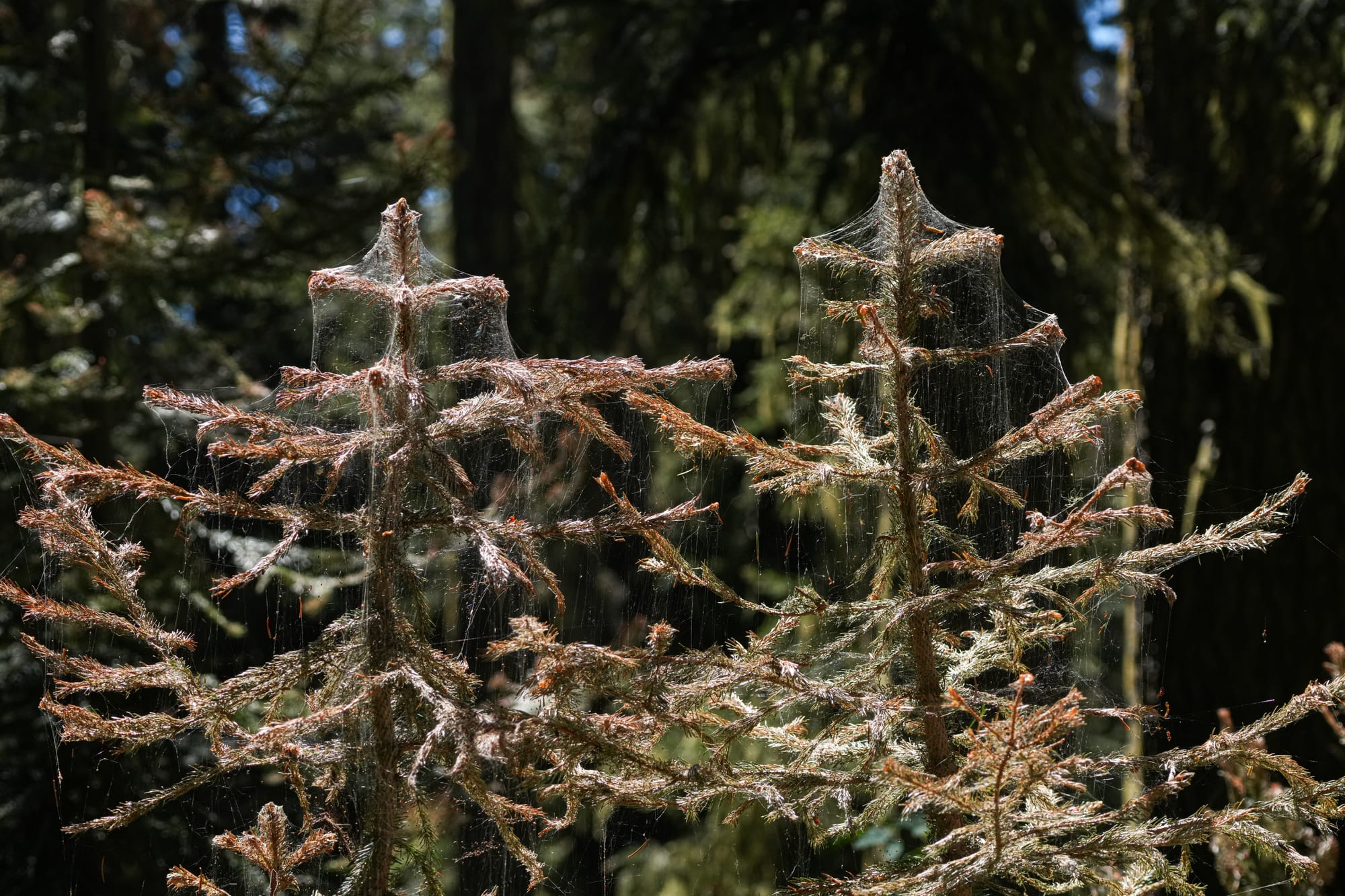
Observation of the Week: Hoverflies
You can't miss hoverflies. These boldly patterned flies are not only common at flowers but you frequently see them hovering in shafts of sunlight along forest trails.
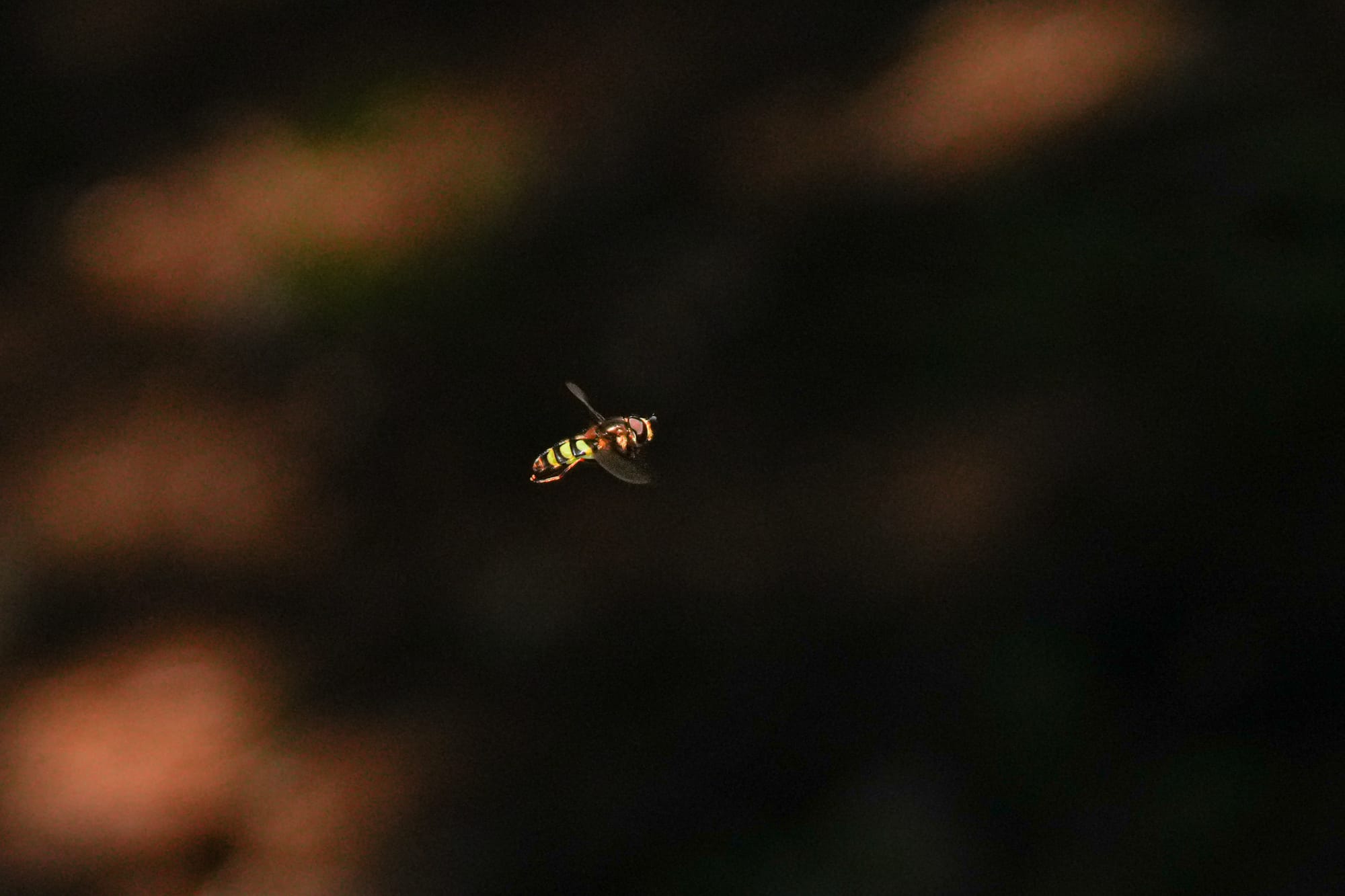
You might dismiss them as just another fly, but hoverflies are the second most important pollinator in the world after bees, and countless types of flowers rely on them for pollination.
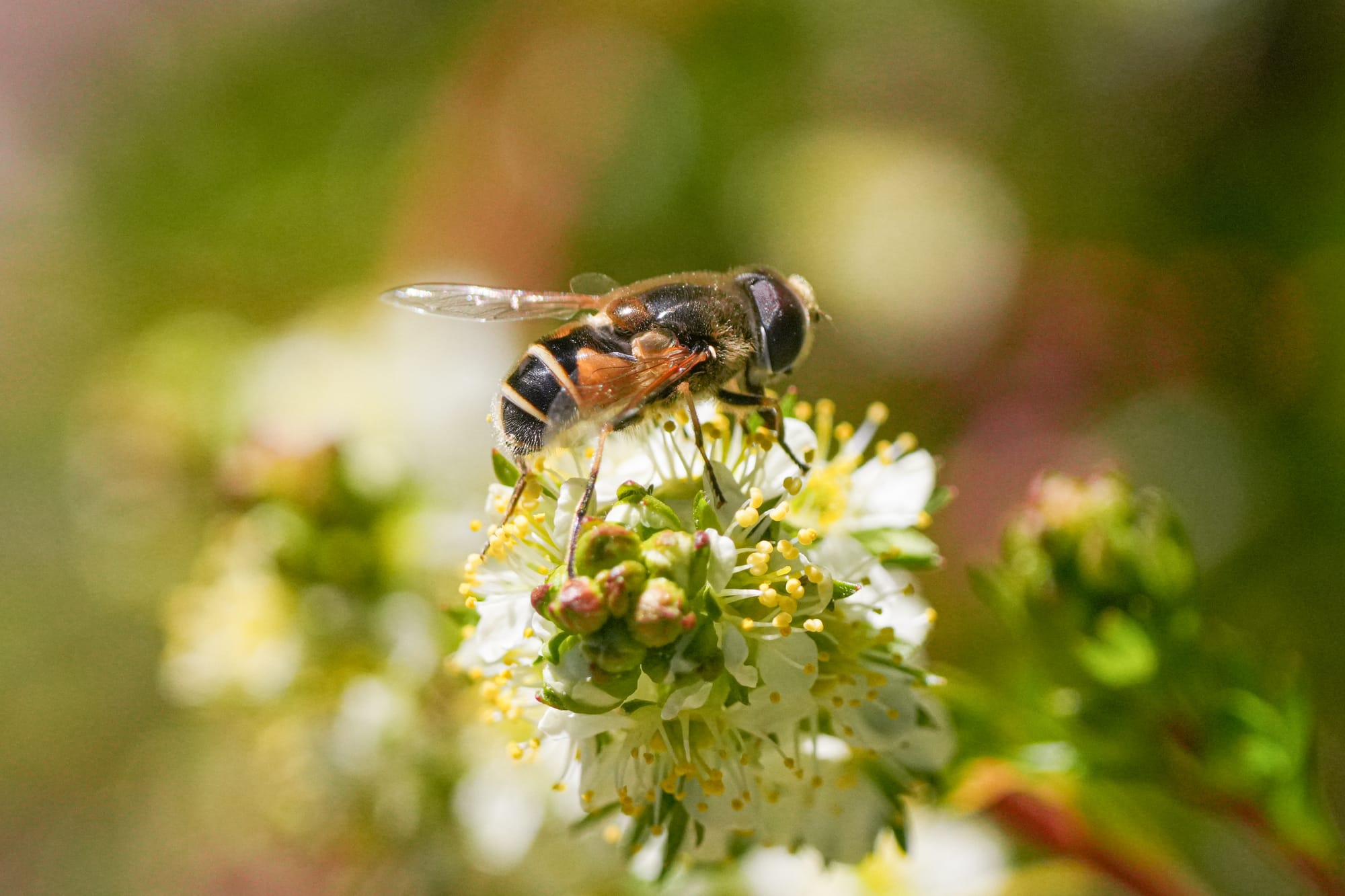
But unlike bees that collect pollen and take it back to their nest to feed their young, hoverflies collect and eat the pollen themselves because their maggot-like larvae eat aphids instead.
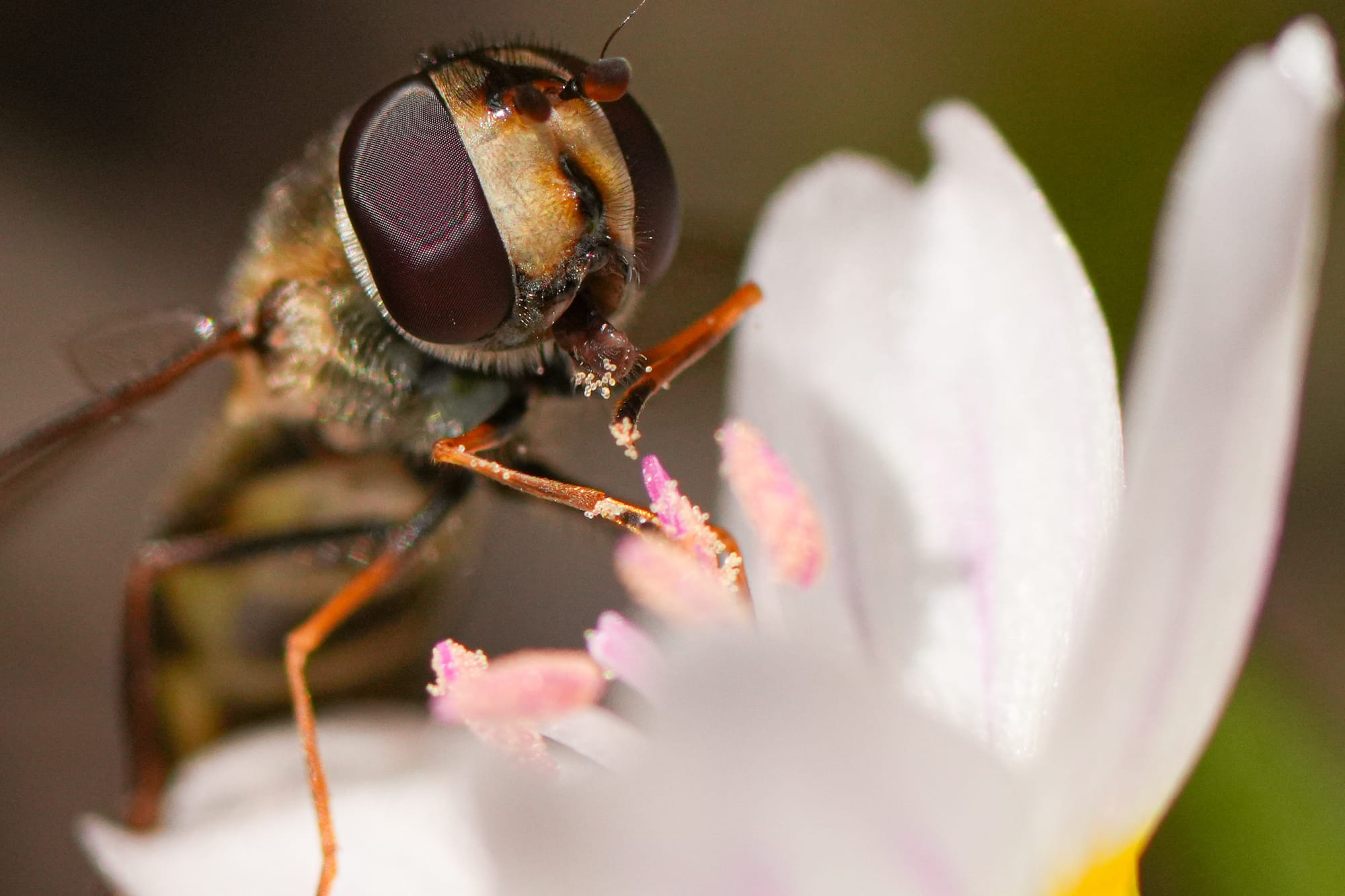
Hovering uses up a lot of energy but some biologists have suggested that hoverflies do it as a kind of resting activity. After all, hoverflies have to do something with their day and they have access to virtually unlimited supplies of nectar and pollen as a source of fuel, so why not hover in a prominent location and watch over their territory?
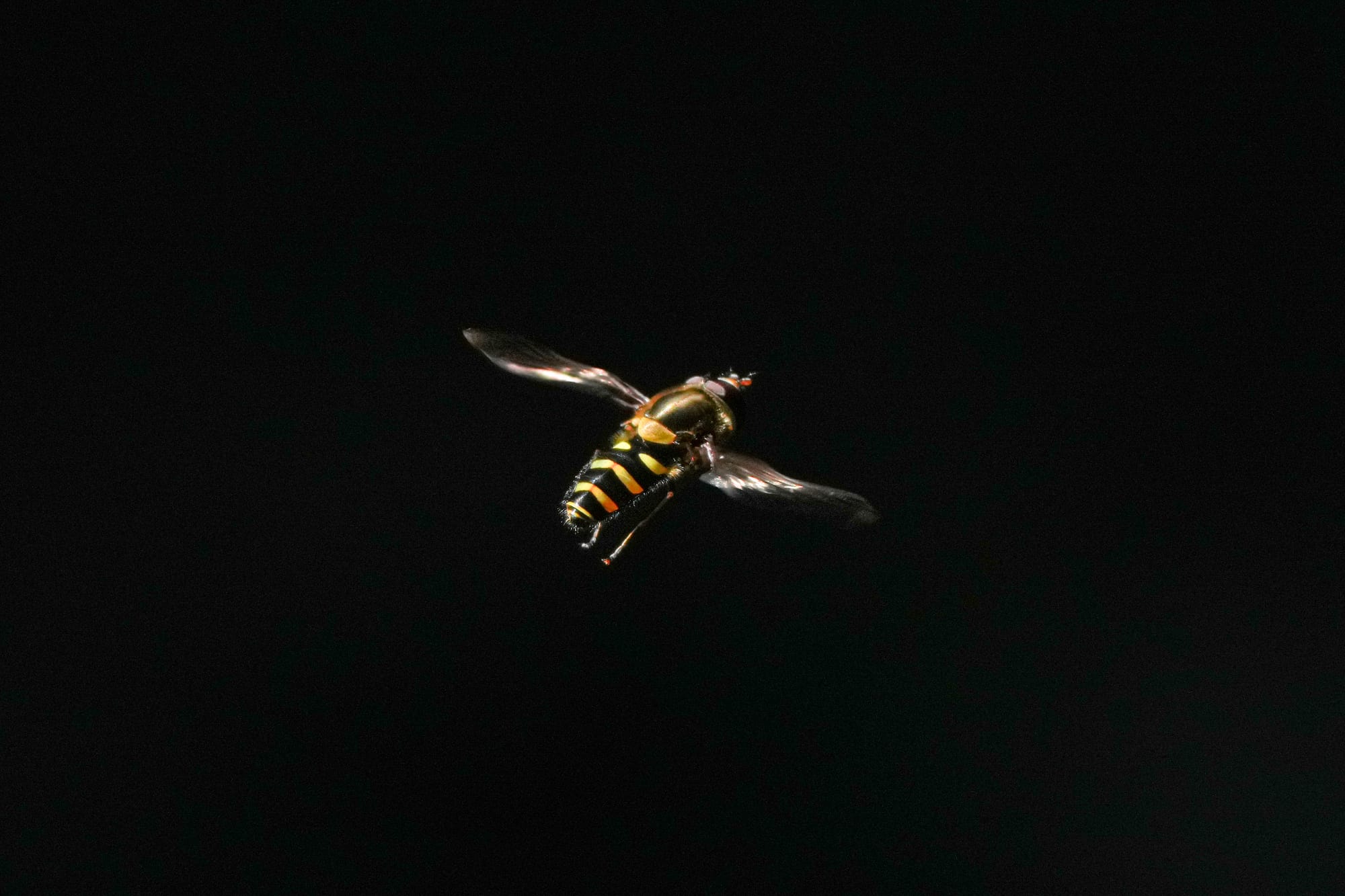
At the same time, hovering males can also defend feeding or egg-laying locations and intercept arriving females. However, males have an oddly limited capacity to recognize the females of their own species, so they're notorious for charging after any insect that flies by.
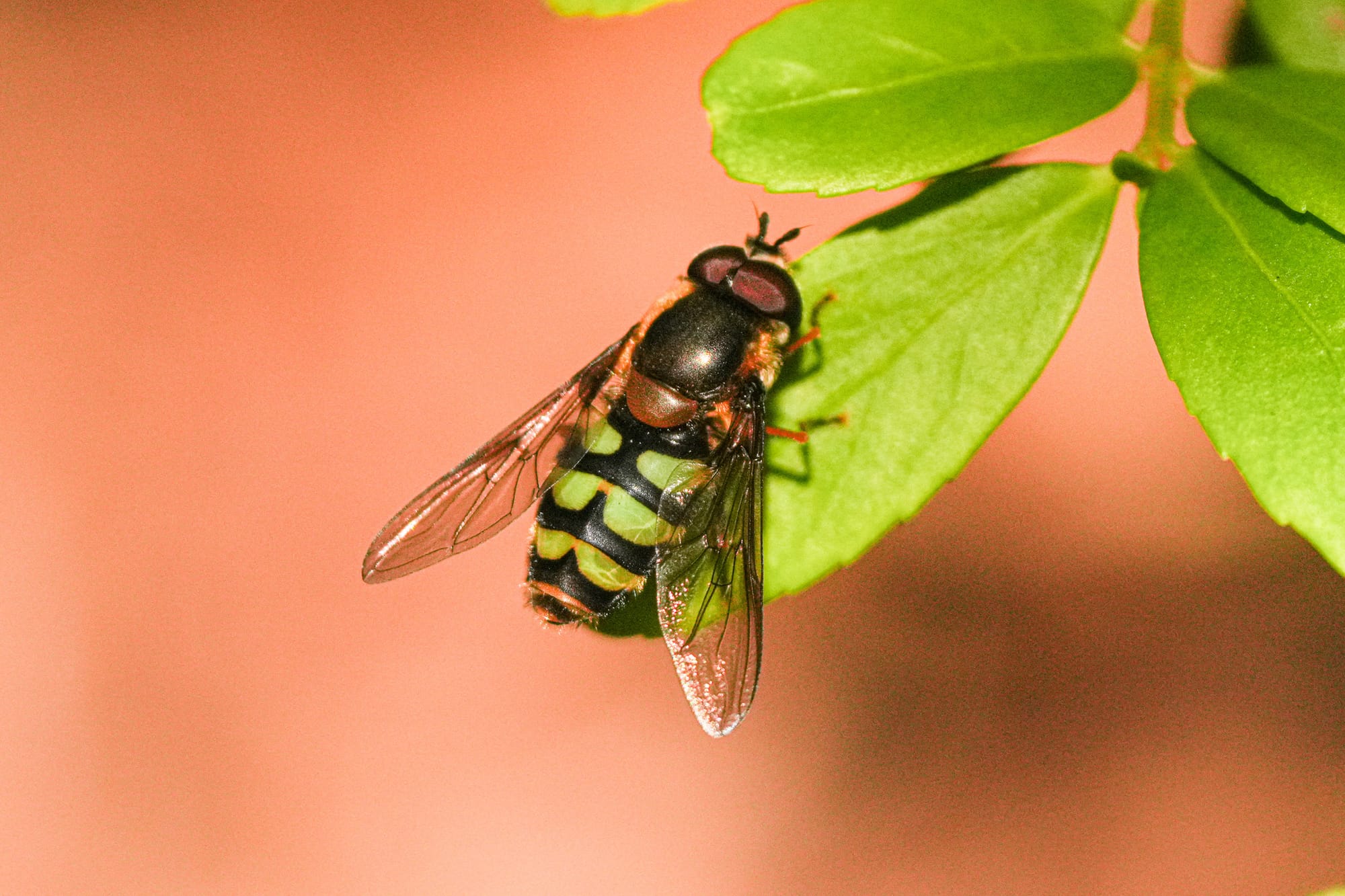
There are about 400 species of hoverflies in the Pacific Northwest and they are all beautiful and colorful so it's worth giving these flies a second look.

